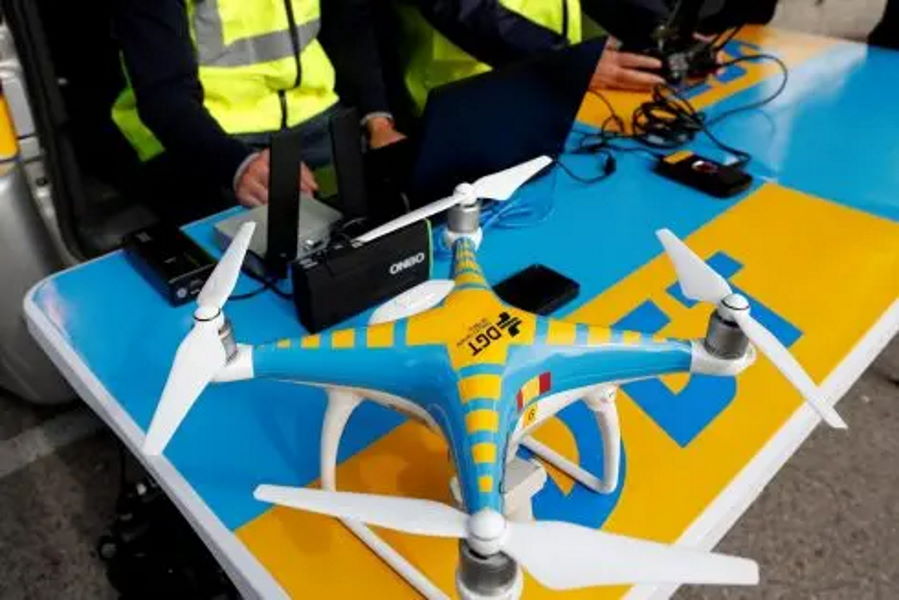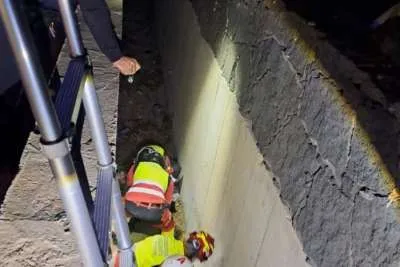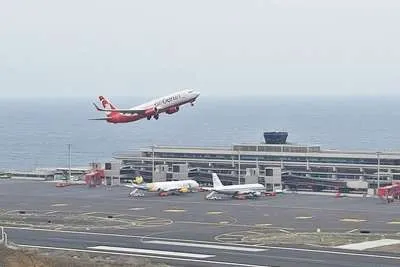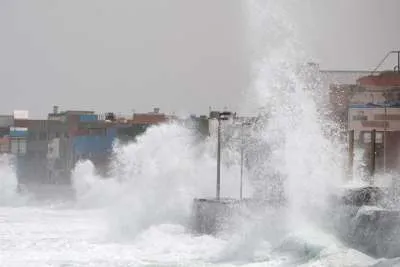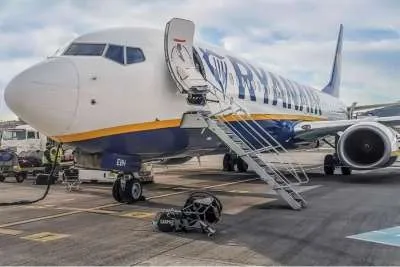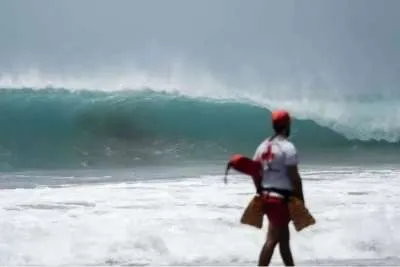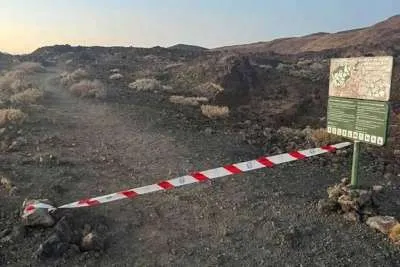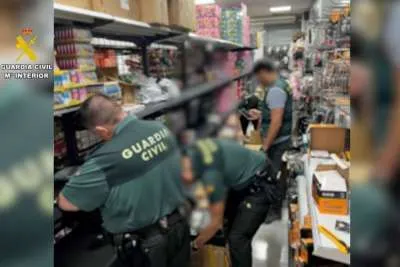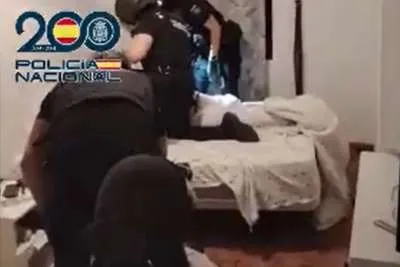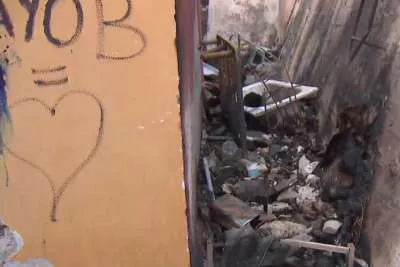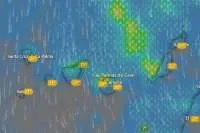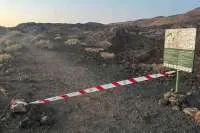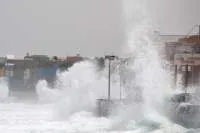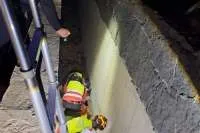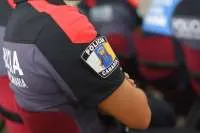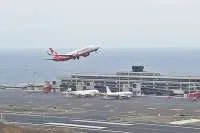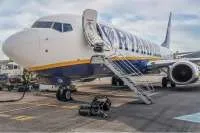VIDEO: How the DGT traffic drones work, and what they see
- 15-07-2021
- Business
- Canarian Weekly
The DGT now has a new resource to spot reckless driving on Spain’s roads as 39 surveillance drones have been put into operation this summer alongside the traditional helicopters, capable of capturing the most reckless drivers from a height of 120 metres, at a speed of 80km/h, and up to temperatures of 45 degrees.
The drones can fly for up to 40 minutes after which the battery is changed and they can resume flight immediately, and they can cover a range of 10 km with a line of sight between one and two kilometres, according to the Air Media Unit.
These aircraft are operated by two people, a pilot who is in charge of handling the flight controls, and a camera operator, both functions that can be carried out either by personnel from the General Directorate of Traffic (DGT) or by agents of the Guardia Civil Traffic department, after obtaining the required certification.
Any infraction captured by the drones may be notified immediately by the Guardia Civil or be processed later by the competent authorities. All sanctions will have the corresponding video or images with the evidence of the offence committed by the driver.
The 39 drones will be distributed throughout Spain where there is a DGT helicopter patrol based, meaning that Coruña, Zaragoza, Valladolid, Seville, Malaga, Valencia, Cantabria, Asturias and Extremadura will have two drones each. The central base in Madrid will have 15 that, in addition to flying over the roads of the region, will provide support to the rest of the provinces of the mainland that need it.
Finally, the Balearic and Canary Islands will have three units each based on the bigger islands in areas that are renowned for reckless driving, but will move around and cover a bigger area. More drones will be on the way in 2022.
Other articles that may interest you...
Trending
Most Read Articles
Featured Videos
A Vision of Elvis Tenerife Promo
- 10-05-2025
TEAs 2025 Highlights
- 17-11-2025


